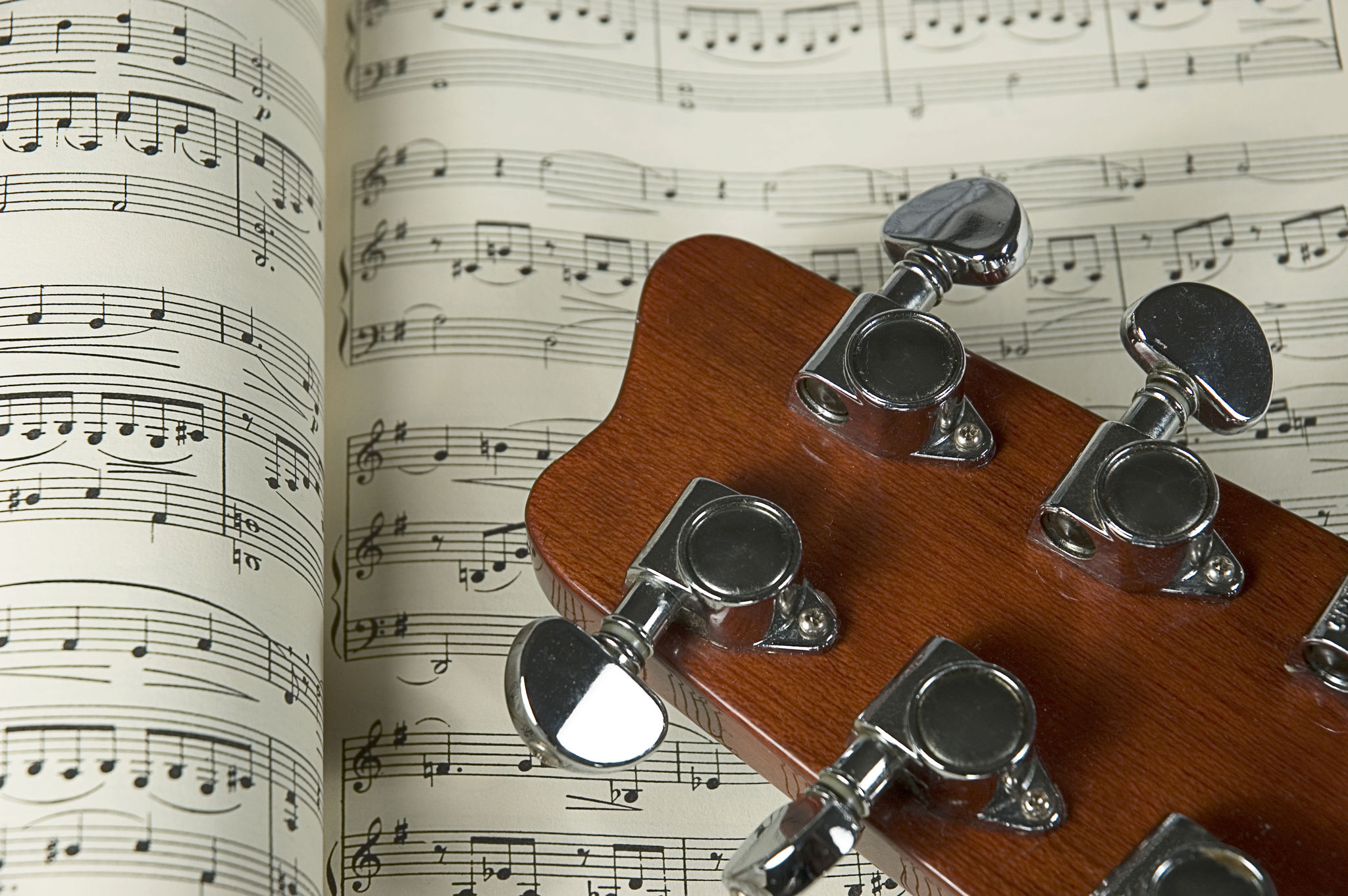Understanding Modern Tarot Interpretations: A Beginner's Guide
What is Tarot?
Tarot cards are a deck of 78 cards, each with its unique imagery, symbolism, and story. They are often used in spiritual practices for divination and self-reflection. Each card has a traditional meaning, but modern interpretations have evolved, offering new insights and ways to connect with the cards.

Understanding tarot can be overwhelming for beginners due to the vast number of interpretations and spreads available. However, starting with the basics can pave the way for a more profound understanding of this mystical practice. Knowing the significance of each card and how it can relate to personal experiences is key.
The Structure of a Tarot Deck
Tarot decks are divided into two main sections: the Major Arcana and the Minor Arcana. The Major Arcana consists of 22 cards that represent significant life events or spiritual lessons. These cards are often seen as the backbone of the tarot deck, each carrying deep, archetypal meanings.
The Minor Arcana includes 56 cards divided into four suits: Cups, Pentacles, Swords, and Wands. Each suit reflects different aspects of life, such as emotions, finances, intellect, and actions. Understanding each suit’s elemental association can deepen your interpretation of the cards.

Major Arcana: A Deeper Dive
The Major Arcana is often where beginners start their tarot journey. Each card in this section holds a unique story and lesson. For example, The Fool represents new beginnings and a leap of faith, while The World signifies completion and fulfillment. Learning these cards can offer insights into major life themes.
Modern interpretations of the Major Arcana have expanded beyond traditional meanings. Today, readers often incorporate psychological, cultural, and personal perspectives into their readings, making tarot a versatile tool for introspection and guidance.
Interpreting the Minor Arcana
The Minor Arcana cards are more focused on day-to-day events and challenges. Each suit connects to an element; Cups relate to water and emotions, Pentacles to earth and material aspects, Swords to air and intellect, and Wands to fire and creativity. Understanding these associations can enhance your interpretation of the cards’ messages.

Within each suit, there are numbered cards from Ace to Ten, along with four court cards: Page, Knight, Queen, and King. These court cards often represent people or personality traits in a reading. Familiarizing yourself with these characters can provide clarity on how they might influence your life or situation.
Common Tarot Spreads
Once comfortable with the cards, learning different tarot spreads is the next step. Popular spreads like the Celtic Cross, Three-Card Draw, or Past-Present-Future help structure a reading and provide comprehensive insights into specific questions or concerns.
Choosing the right spread depends on the question at hand. For beginners, starting with simpler spreads is advisable as they allow for a more straightforward analysis of the cards drawn.
Tips for Beginners
For those new to tarot, building a personal connection with your deck is essential. Spend time shuffling the cards, studying their imagery, and meditating on their meanings. Developing your intuition through practice will lead to more confident readings.
Keeping a tarot journal can also be beneficial. Record your readings, impressions, and how each card’s meaning resonates with you personally. This practice will help track your progress and deepen your understanding over time.

Remember that tarot is not set in stone; it serves as a tool for guidance rather than prediction. Trust your instincts and allow the cards to inspire reflection and growth in your spiritual journey.